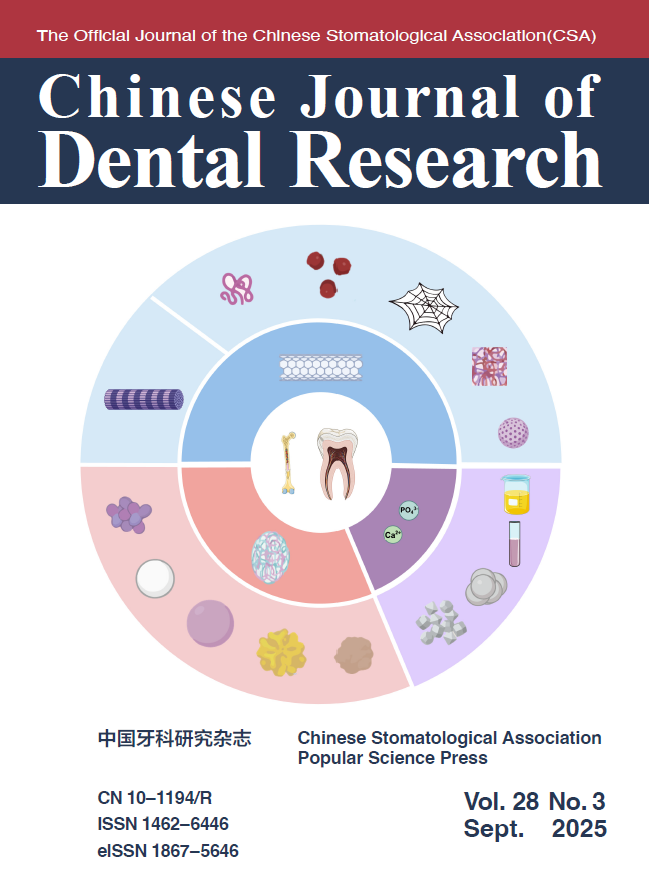Chin J Dent Res 2023;26(4):265–270; doi:10.3290/j.cjdr.b4784061
Clear Cell Renal Cell Carcinoma Metastatic to the Mandible: a Unique Case Report and Literature Review
Writer:Xiao Fei HUANG, Zi Li YU Clicked:
Oral cancer is a fatal disease, which accounts for the fourth highest incidence of malignancy in males and the seventh highest in the general population of Taiwan. About 95% of oral cancer is oral squamous cell carcinoma (OSCC). The relatively high prevalence of OSCC in Taiwan is mainly because a high-risk group of the population exists, made up of 2.5 million people and who exhibit habits of betel nut chewing as well as cigarette smoking. Unfortunately, about 50% of the new OSCC cases found in medical centers presented with TNM stage III or IV cancer lesions leading to a low 5-year survival. Therefore, it is generally accepted that the prevention and screening of OSCC at early stages or premalignant levels in the high-risk group of the population is as equally important as treatment. In this review article, we describe the current status of OSCC in Taiwan regarding epidemiology. Furthermore we research and highlight the importance of various conventional and novel methods in the detection of this disease. Key
|
Renal cell carcinoma (RCC) is often diagnosed in advanced stages and a third of patients have distant metastasis at diagnosis. Metastasis may be the first evidence of clear cell RCC in many cases. RCC most often metastasises to the lung, liver, bone, brain and thyroid; however, metastatic disease to the oral cavity, especially the mandible, is rare. The purpose of this study is to report a case of clear cell RCC metastatic to the mandible and review the literature. The mandible lesion underwent radical excision in this case. Notably, no metastatic lesions were detected in the lungs and liver in this patient until 15 months after the mandibulectomy. The patient lived for around 2.5 years after the diagnosis of RCC.
Key words: mandible, mandibular metastasis, renal cell carcinoma (RCC)
(editor:CJDR) |




